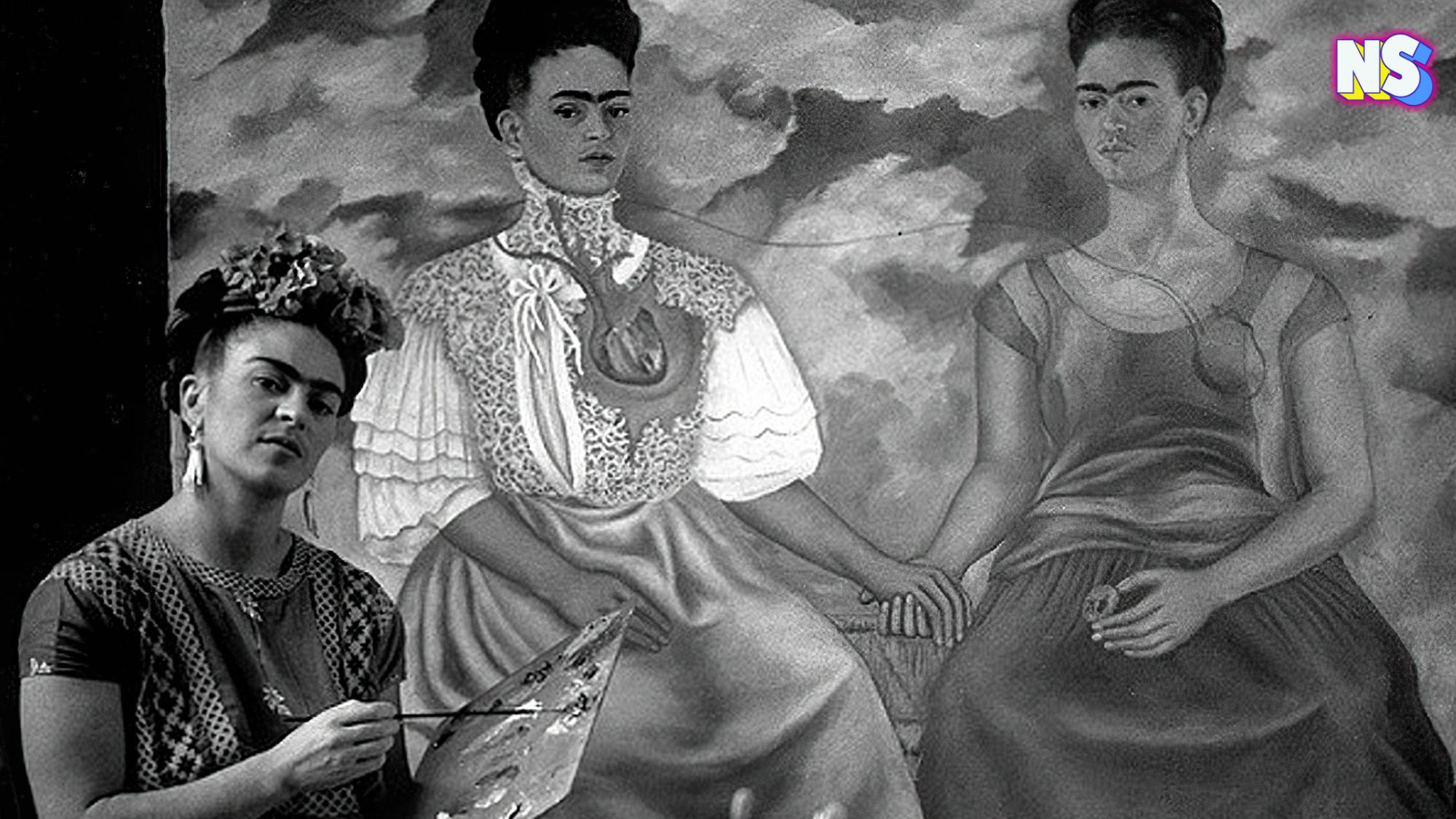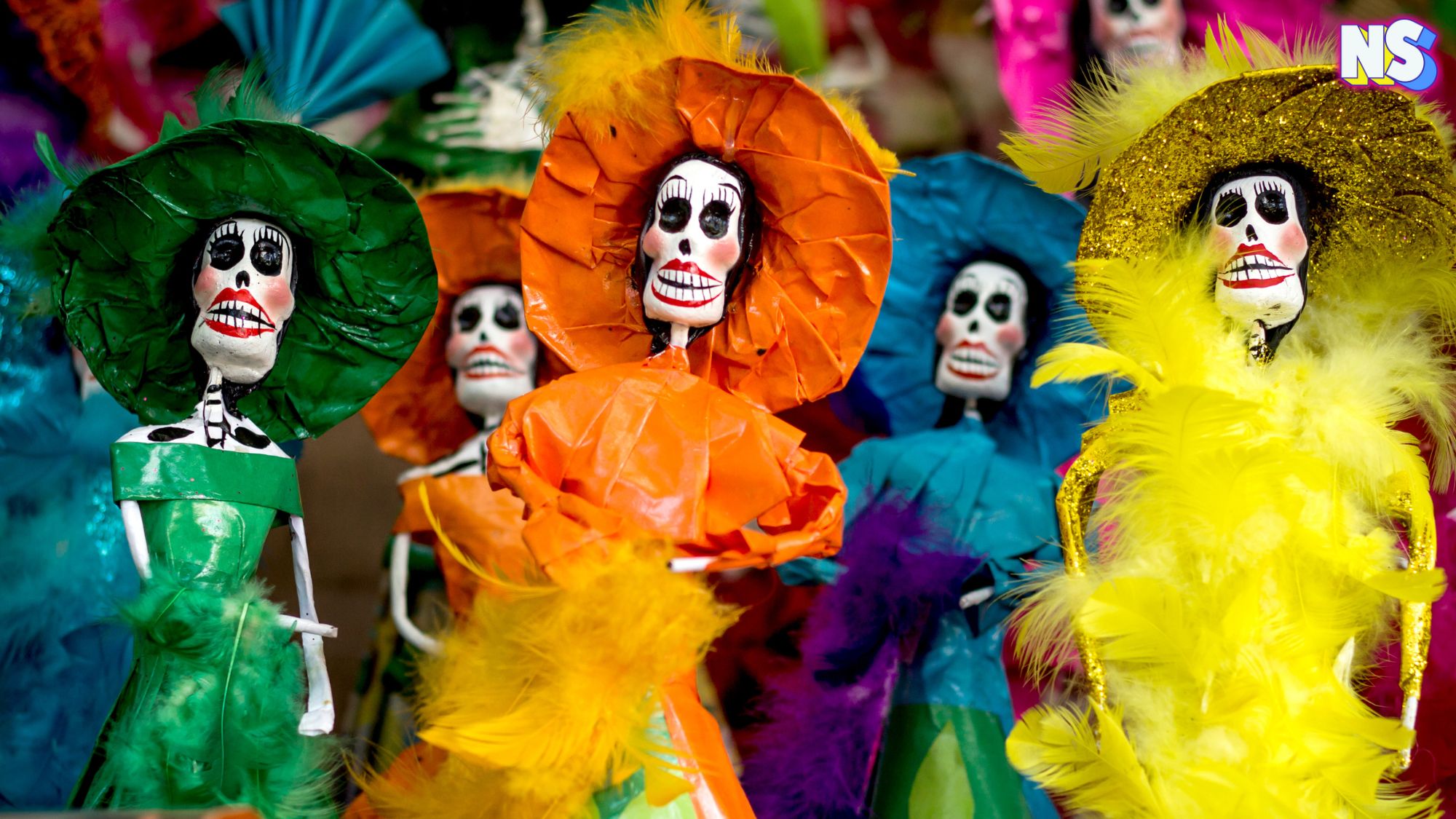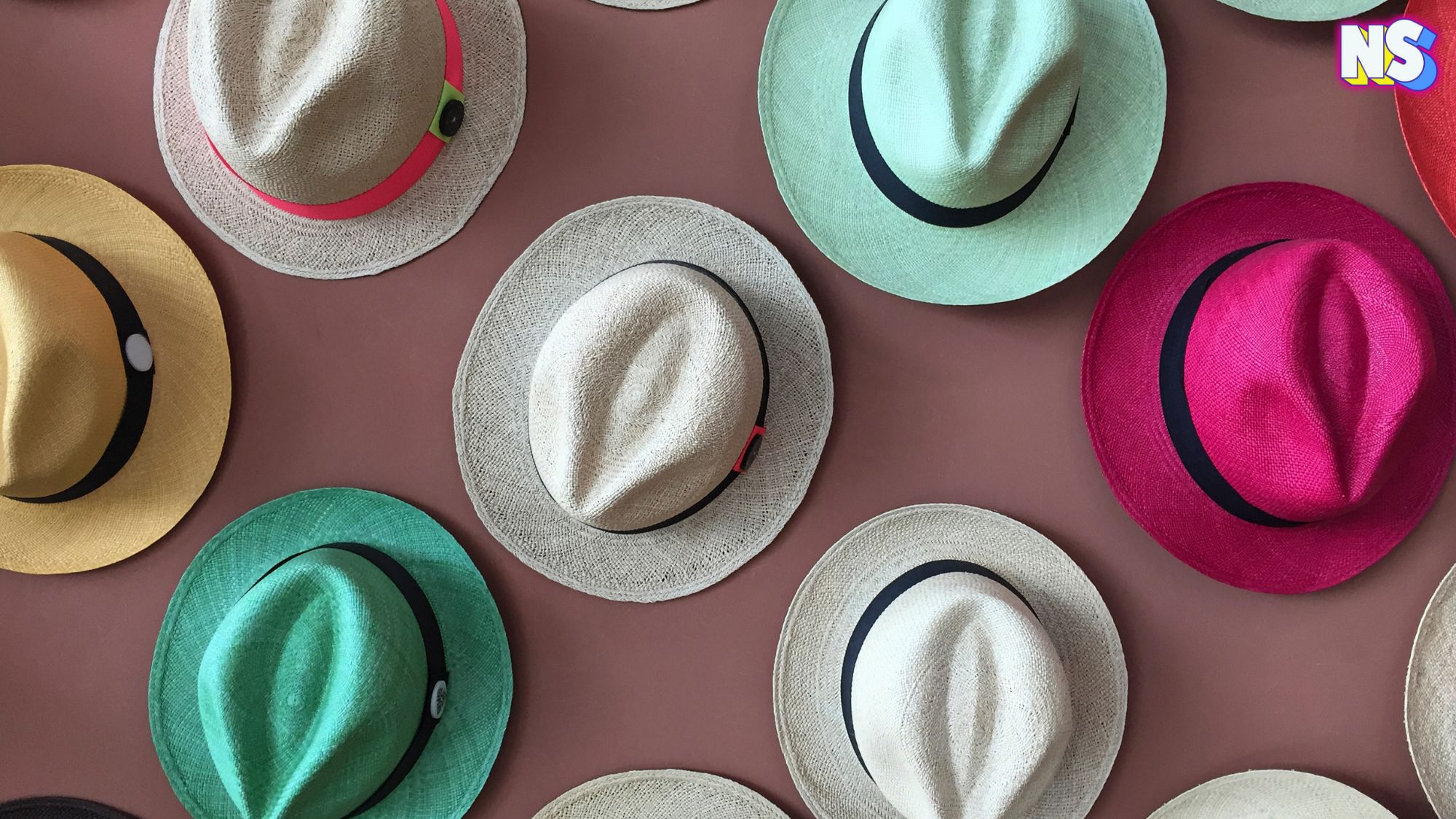People are usually surprised when they find out that during her lifetime, Frida Kahlo was not famous. She was not the most famous artist in the world or the feminist icon that she is today. In fact, Kahlo was mostly known as the wife of fellow artist Diego Rivera. It's hard to believe, but it's true. So, why is Frida Kahlo so famous now?
The Rise of an Icon
When they first met, Kahlo was a young student asking an established painter, Rivera, for advice. Then, as a married couple, Kahlo took her role as the wife who accompanied her husband on work trips. She “was just seen as his eccentric wife with the mono-brow and the Tijuana costumes” Australian museum curator Tansy Curtin explains.
Today, Kahlo is the most recognized face in art, quite literally, while Rivera has become lesser known and almost forgotten by art lovers. Why the shift? Summed up: Kahlo’s self-awareness, along with our “selfie” culture, have played a big role in her posthumous rise to fame. Her personal and intimate approach to art resonates deeply in an age where self-expression is celebrated and widely shared on social media platforms.
“Diego’s work is very nationalistic, very much about creating that Mexican national identity in the wake of the 1910 revolution ,” Curtin explains. “So he’s looking outward, while Frida is looking inward, exploring human nature, and of course everyone can connect with that.”
It’s this connection with all of us that is why Kahlo so famous today.
Why is Kahlo so Famous?
In a way, Kahlo’s introspective art mirrors the essence of today’s selfie culture, where individuals capture and share moments of their personal lives, seeking connection and validation. Her art transcends time, continuing to inspire and resonate with modern audiences who see in her a reflection of their own quests for identity and self-understanding. Quite simply, Kahlo remains an enduring figure, and she is immortalized with both her poignant self-portraits and the digital age’s celebration of the self.
But why was Kahlo looking inward while the rest of the world was looking out?
Art as a Reflection of Solitude
Kahlo’s life was marked by pain and suffering, from a debilitating accident in her youth to a tumultuous marriage with Rivera. This personal turmoil compelled her to turn inward, using her art as a means of self-exploration and expression.
Her work reflects her physical and emotional struggles, her identity, and her innermost thoughts, allowing viewers to connect on a deeply personal level.
Why? The answer lay in her solitude. Frida was often alone, grappling with physical pain and emotional turmoil. She once said, “I am my own muse, the subject I know best.”
Her loneliness was the result of the time she spent recovering in bed. “In 1925 Kahlo was involved in a bus accident, which so seriously injured her that she had to undergo more than 30 medical operations in her lifetime. During her slow recovery, Kahlo taught herself to paint …” Brittanica explains.
Her self-portraits were a mirror—a way to confront her own demons and to immortalize her physical pain.
The Evolution of Self-Portraiture
Unlike today’s selfies, Frida’s self-portraiture did not involve vanity. It was a rebellion against societal norms. She rejected the beauty culture of her day, and proudly grew her mustache and her now iconic thick eyebrows. And she flaunted them. In a world that demanded conformity, Kahlo celebrated her uniqueness. Her unibrow became a symbol of defiance, which is so relatable in modern times.
5 Iconic Frida Kahlo Portraits
There are so many to choose from, but here are my five favorite Frida Kahlo portraits/selfies:
1 The Two Fridas: In this iconic painting, Kahlo sits side by side with her alter ego. One Frida wears a traditional Tehuana dress, representing her Mexican heritage. The other dons a Victorian-style white gown, symbolizing her European lineage. Their hearts are exposed, connected by a vein that bleeds onto the fabric. It’s a raw depiction of Frida’s inner struggle — a battle between tradition and modernity, pain and passion.
2 Self-Portrait with Thorn Necklace and Hummingbird: Kahlo wears a thorn necklace, each thorn piercing her skin. A hummingbird hovers near her, its delicate wings a contrast to the harsh reality. The necklace represents her emotional wounds, while the hummingbird symbolizes hope and freedom. It’s a testament to Kahlo’s ability to find beauty even in suffering.
3 The Broken Column: Her spine splits open, revealing a shattered column. Nails pierce her flesh, and tears stream down her face. Kahlo’s pain is palpable, yet she gazes directly at the viewer, unyielding. The broken column signifies her fractured body, but her spirit remains unbroken.
4 The Wounded Deer: A wounded deer, pierced by arrows, stands in a desolate landscape. Kahlo identifies with this creature — the vulnerability, the wounded soul. She painted herself as the deer, resilient yet fragile, surrounded by pain.
5 Viva la Vida, Watermelons: In this vibrant self-portrait, Kahlo holds a slice of watermelon. The juicy red fruit represents life, sensuality, and pleasure. Her eyes sparkle, defying her physical ailments. It’s a celebration of existence — a reminder to savor every moment. Who can’t relate to that?
Featured photo of Frida Kahlo de Rivera (1907-1954) by DarioStudios, courtesy of DepositPhotos.





